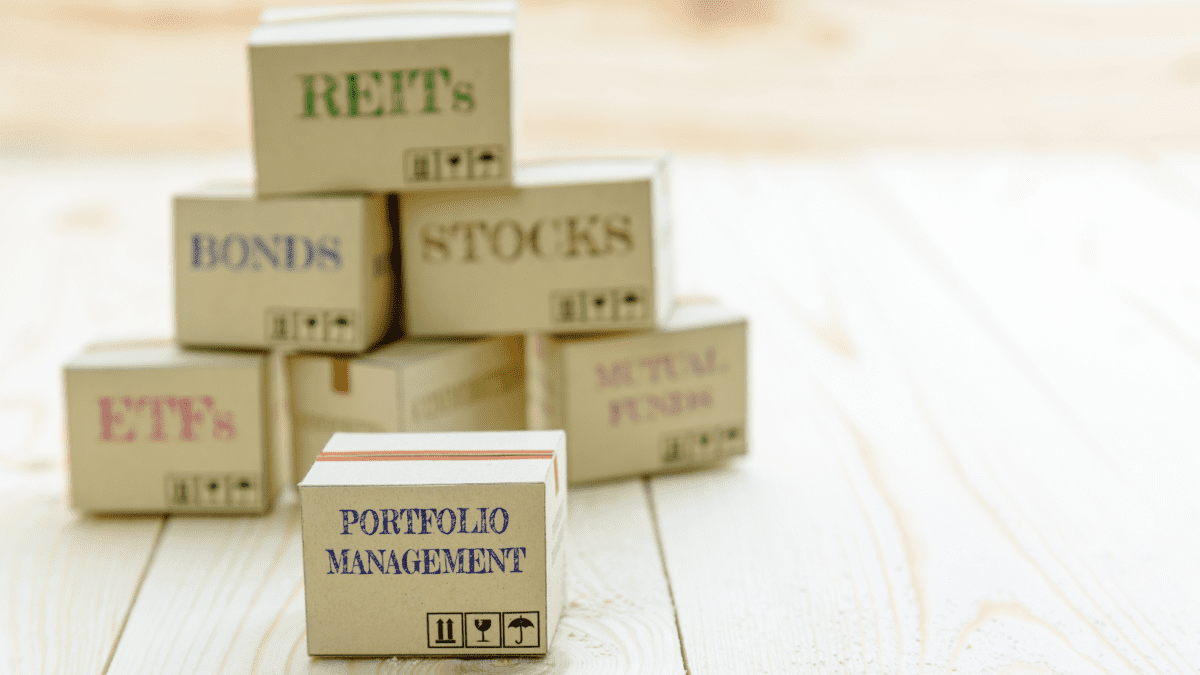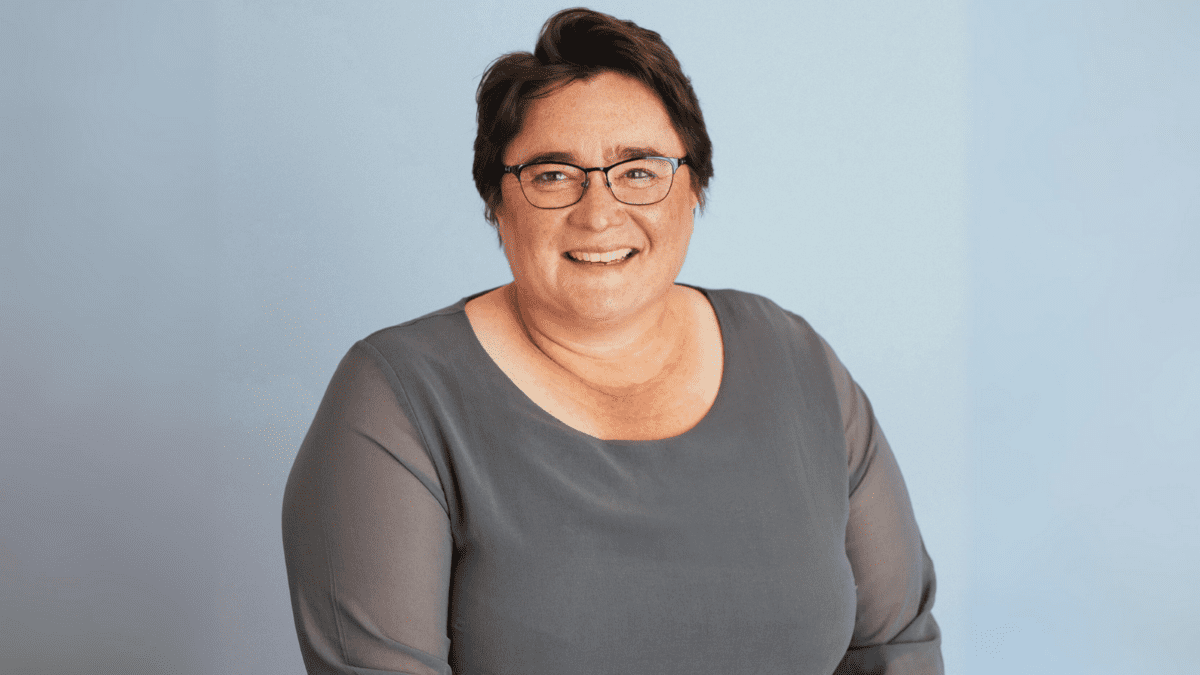Five strategies to diversify your SMSF and avoid single investment risk
The absence of diversification among self-managed super funds (SMSFs) has increasingly become a point of contention for the Australian Tax Office (ATO) and advisers, with the former even writing to trustees in 2019 warning them of their obligations.
In 2016 the number of SMSFs with at least 90 per cent of assets in a single investment class – considered by the ATO to be at risk of not meeting diversification requirements, was 30.7 per cent.
In the latest annual release, that number has improved only marginally to 27.7 per cent.
If this were an industry superfund the manager would likely be shown the door for improper asset allocation. But it is the freedom to invest when and how each trustee sees fit that appeals in the first place.
Despite the attraction of owning a single asset such as rental property within an SMSF, beneficiaries are likely foregoing superior investments. Research conducted by the SMSF Association found performance benefits of adding a second, third or fourth asset class improved returns by one to three percentage points. Diversification beyond four asset classes also improves performance at reduced marginal rates.
Stockspot founder and chief executive Chris Brycki concurs, writing in a recent post that a “lack of diversification can expose SMSFs to unnecessary risk if a significant investment fails to perform as expected”. Speaking to The Inside Investor, he shares five practical ways SMSF can diversify.
Accurately correct rather than precisely wrong.
Research by Arizona State University professor Hendrik Bessembinder concluded that all the wealth creation in the stock market was created by just 4 per cent of companies from 1926 to 2019. In other words, outperformance is reserved for a minority of companies, thus holding individual stocks risks missing out on performance. It also explains why many fund managers underperform the market.
“Owning the entire market via an index fund or ETF is the smartest way of earning consistent returns and not missing out on these shares,” Brycki says.
Go global
According to the latest SMSF data published by the ATO, 27.5 per cent of assets are held in ASX shares, with just 1.5 per cent in overseas share markets. For context, Australia accounts for just 2 per cent of the world’s global equity markets.
Brycki suggests increasing your allocation to international shares, which provides better return opportunities. Different regions perform at different parts of the economic cycle, and limiting returns to Australia means investors miss out on global companies like Apple, Microsoft and Nike.
Bonds are back
Another way to diversify your portfolio is to look at defensive asset classes such as bonds. Typically bonds are inversely correlated with domestic and global shares, meaning when markets get choppy investors can rely on the bond part of their portfolio holding up.
While most households are apprehensive about higher interest rates, this could see renewed interest in fixed income by investors. RBA Governor Philip Lowe previously said that he would get letters complaining low-interest rates were hurting particularly retiree finances as income assets became increasingly scarce.
Speaking to The Inside Investor, Brycki says: “Higher bond yields don’t necessarily result in greater demand for bonds as bonds compete with other assets like cash and term deposits which also have higher yields.”
Gold
Gold has a low or negative correlation with most other assets, reducing a portfolio’s risk. Over the past financial year gold returned 12 per cent when bonds and equities both fell in value. It’s also a tremendous store of value that preserves wealth and acts as an insurance policy against currency debasement.
Brycki noted, “Over the last couple of years, gold has outperformed Australian government bonds because it hasn’t been as impacted by changes in interest rate expectations.”
Beware the dividend trap
Australian investors – more than almost anywhere else in the world – love dividends and, with their domestic share holdings, the associated franking credits. But Brycki warns against simply focusing on yield. Instead, total return matters, which includes both capital and income.
A high dividend yield alone does not necessarily mean the business is a good investment. In fact, it might imply the opposite. The market is telling investors that the company may need to cut dividend payments in the future.
For example, Fortescue Metals is trading on a dividend yield of 16.6 per cent. But analysts expect its earnings to fall next year and subsequently dividends are estimated to be $1.06. Based on that estimate, the company is trading on a yield of just 5.8 per cent.
Brycki adds: “If you’re overly focused on dividends your portfolio can also become too concentrated in sectors like banking which have typically been big dividend payers but have not generated great total returns over the last decade.”









